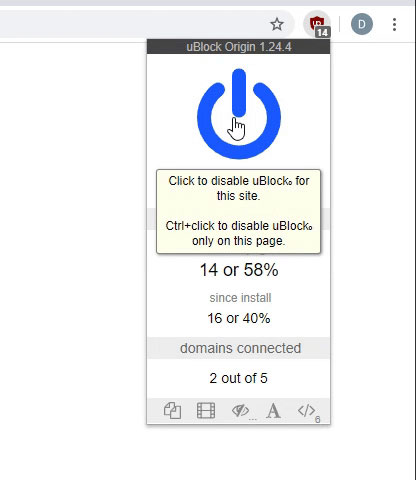Use your data as is and run Rank and Percentile from the data analysis and then use the nth largest or smallest to describe your data - 95% of days we have more than x visits or whatever
or
Use Descriptive statistics from teh data analysis pack or the worksheet functions MEAN and STDEV to get the mean and standard deviations of your data and then assume your data is normally distributed (I think Descriptive Statistics gets you Kurtosos and Skewness measures so you can see how good/bad an assumption that is - Kurtosis is a measure of how "fat" or spiky a distribution is compared to the normal distribution while Skewness measures the degree of "meat" in each side of the distribution - positive skewness means the mean is larger than you would expect in a normal distribution).
You can then use teh worksheet function ZTEST to determine the probability of any sample (day) having more than X visits.
I think I would look at the days of the week too to see if they behave differently - you can test for that too using CHI-squared






